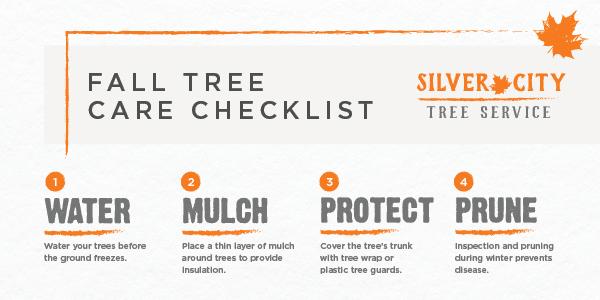Look For Necessary Signs That Indicate Your Tree Might Be A Danger; Acknowledging These Can Help Safeguard Your Residential Or Commercial Property And Those You Care About.What Should You Watch On Next?
Look For Necessary Signs That Indicate Your Tree Might Be A Danger; Acknowledging These Can Help Safeguard Your Residential Or Commercial Property And Those You Care About.What Should You Watch On Next?
Blog Article
https://www.sbsun.com/highway-330-in-san-bernardino-mountains-closes-for-tree-removal -Winther Hubbard
When it comes to tree treatment, identifying the indicators that it's time for removal is necessary for your security and building. You might see tarnished fallen leaves, wilting branches, or odd fungal growths suggesting health issue. Architectural problems, like a significant lean or splits in the trunk, can also pose threats. Understanding these indication can assist you make notified choices regarding your trees and protect against potential risks hiding in your backyard. What should you search for following?
Indicators of Degeneration and Disease
When you notice indications of degeneration and illness in your trees, it's important to act swiftly. Seek discolored fallen leaves, wilting branches, or unusual growths like fungus. These can suggest that your tree is struggling.
If you see splits in the bark or soft, mushy timber, these signs recommend interior degeneration. Furthermore, an abrupt increase in bugs around your tree can indicate that it's compromised and susceptible.
Check for any dead or dying arm or legs, as they position a risk to your residential property and security. If Root Pruning Citrus Trees about what you see, seeking advice from an arborist can give quality.
Addressing these indicators early can save you from extra substantial damages and ensure the health of your backyard. Do not wait till it's too late.
Structural Instability and Leaning
As you observe your trees, keep an eye out for any signs of architectural instability or leaning. If a tree leans dramatically, it may suggest that the root system is endangered.
Seek any type of splits in the trunk or soil around the base; these can signify potential failure. Furthermore, look for unusual development patterns, like an uneven crown, which may recommend that the tree is struggling to hold itself upright.
If you discover that the tree favors your home, power lines, or other structures, it poses a greater danger. Do not neglect these signs-- get in touch with an arborist to evaluate the circumstance.
Acting early can stop expensive damage and guarantee your safety and security.
Dead or Perishing Branches and Vegetation
If you observe dead or passing away branches and foliage on your tree, it's a clear indication that something's incorrect.
These undesirable locations can show underlying problems like illness, parasite problems, or environmental anxiety. When branches shed their fallen leaves or transform brownish, they're no longer adding to the tree's wellness. Neglecting these indications could cause more decrease, making your tree a lot more dangerous.
Dead branches can quickly break off during tornados, posing a risk to residential property and people close by. It's critical to examine the level of the damage.
If the trouble affects a significant part of the tree, take into consideration speaking with a specialist. They can aid figure out if elimination is needed to ensure safety and security and preserve the elegance of your landscape.
Verdict
If you discover any indications of decay, structural instability, or dead branches on your trees, do not ignore them. These indications can pose severe safety dangers to you and your property. It's constantly best to seek advice from a professional arborist that can provide a specialist evaluation of your trees. Taking action early can protect against accidents and expensive damages, guaranteeing your landscape remains risk-free and healthy. Bear in mind, it's far better to be proactive about tree care than to await a disaster to occur.
